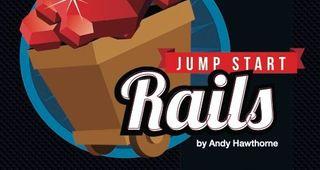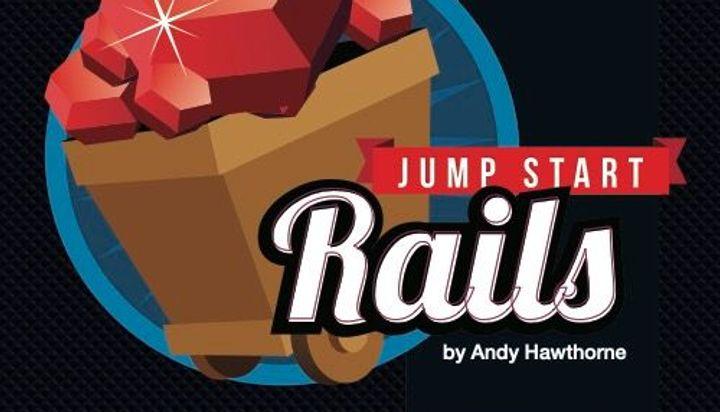Nothing Legendary, Mess but Still Good
Details
Learn Rails and you'll write better code, faster, spend less time setting up and maintaining code and more time building. Consider this book an investment in your career. There's a huge and growing demand for developers with Rails skills, just look at any job board.
What you will learn
- Convention over configuration
- The Model–View–Controller (MVC) architecture
- Test-driven development (TDD)
Description
Who is this for?
This book is for programmers new to Ruby and new to Rails.
Back-end developers experienced on other programming languages such as PHP will be able to get up to speed with Rails’ fundamentals in a weekend.
It is assumed that you know your way about the command line, and some programming fundamentals.Creator

Andy Hawthorne

Reviews
Too many errors. The code compiles but the examples are outdated making the book confusing for its target audience, beginners.
Filled with errors plus old stuff which you can easily get from EVERYWHERE.
Frequently Asked Questions

Jump Start Rails
3.6
Unlimited access to this title and 600+ others in our library
New titles added frequently
Cancel anytime
